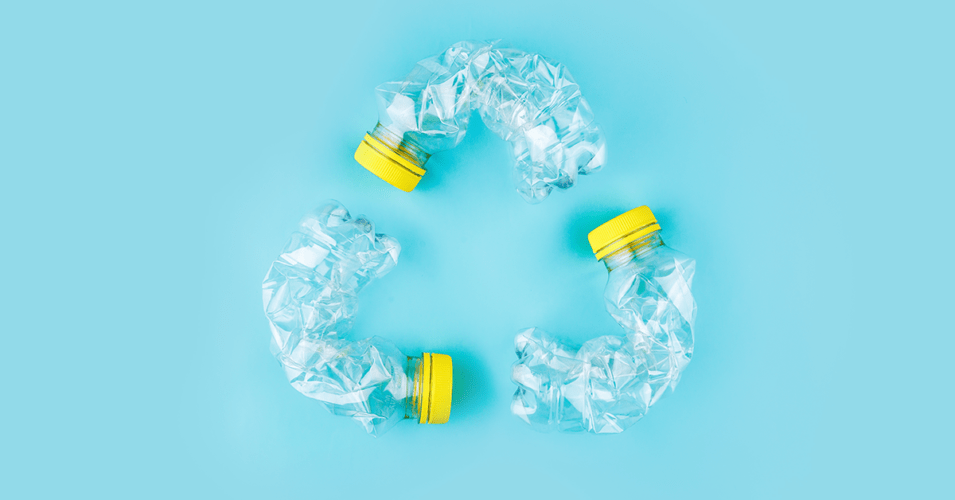Blog Roll

Plastics trying to recycle is an essential component of lasting spend administration, but it’s usually confusing. Here’s an intensive guide that will help you understanding everything you should learn about recycle plastics.
1. Forms of Plastics:
Not all plastics are the same. They are classified into different types according to their compound makeup products and trying to recycle qualities. The seven primary forms of plastics are PET (polyethylene terephthalate), HDPE (great-denseness polyethylene), PVC (polyvinyl chloride), LDPE (low-solidity polyethylene), PP (polypropylene), Playstation (polystyrene), among others (which include polycarbonate and acrylic). Each kind needs specific recycling functions.
2. Trying to recycle Process:
Plastic materials recycling typically requires many steps. Very first, gathered plastic materials are sorted based on their resin sort. Then, they experience washing to take out pollutants like grime and brands. Following, these are shredded into tiny sections and melted to develop pellets or flakes. These pellets are able to be used to make new plastic-type items.
3. Problems:
Regardless of its importance, plastic materials trying to recycle faces different difficulties. Contaminants, a result of mixing up several types of plastic materials or which includes non-recyclable components, hampers the method. Additionally, insufficient infrastructure and deficiency of buyer recognition contribute to low trying to recycle costs.
4. Ecological Affect:
Trying to recycle plastics conserves electricity and decreases the necessity for uncooked components, and thus lowering garden greenhouse gas emissions and conserving natural solutions. It also helps minimize contamination by diverting plastic materials from landfills and oceans.
5. Incredible importance of Customer Participation:
Consumers engage in an important role in plastic materials recycling. Suitable removal of plastic-type material waste, which includes isolating recyclables from non-recyclables, ensures the potency of recycling plans. Choosing goods with minimum packaging and choosing reusable alternatives further more stimulates sustainability.
6. Inventions in Recycling:
Advancements in technological innovation still increase plastic materials recycling. Improvements including chemical recycling, which reduces plastics into their molecular components for reuse, provide guaranteeing methods to improve trying to recycle performance and take on plastic-type contamination.
7. Global Projects:
Governments, businesses, and companies globally are utilizing endeavours to deal with the plastic-type material squander crisis. Such as polices to market recycling, expense in trying to recycle system, and open public consciousness activities to promote liable ingestion and convenience procedures.
In conclusion, plastic materials recycling is a crucial element of sustainable waste managing, providing several ecological benefits. By knowing the recycling procedure, addressing its challenges, and actively engaging in trying to recycle attempts, folks can play a role in a more clean and much healthier earth.